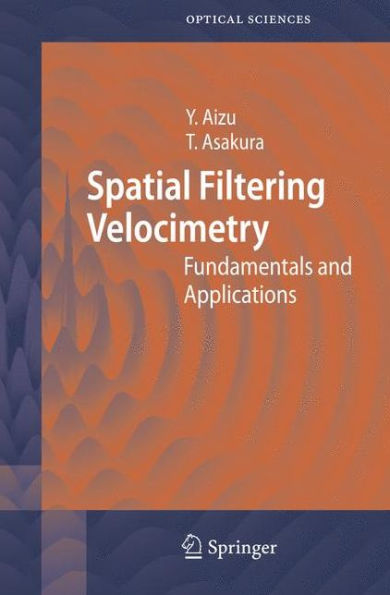5
1
9783540281863



Spatial Filtering Velocimetry: Fundamentals and Applications / Edition 1 available in Hardcover, Paperback

Spatial Filtering Velocimetry: Fundamentals and Applications / Edition 1
- ISBN-10:
- 354028186X
- ISBN-13:
- 9783540281863
- Pub. Date:
- 12/19/2005
- Publisher:
- Springer Berlin Heidelberg
- ISBN-10:
- 354028186X
- ISBN-13:
- 9783540281863
- Pub. Date:
- 12/19/2005
- Publisher:
- Springer Berlin Heidelberg

Spatial Filtering Velocimetry: Fundamentals and Applications / Edition 1
$109.99
Current price is , Original price is $109.99. You
109.99
In Stock

Product Details
| ISBN-13: | 9783540281863 |
|---|---|
| Publisher: | Springer Berlin Heidelberg |
| Publication date: | 12/19/2005 |
| Series: | Springer Series in Optical Sciences , #116 |
| Edition description: | 2006 |
| Pages: | 212 |
| Product dimensions: | 6.10(w) x 9.25(h) x 0.02(d) |
About the Author
From the B&N Reads Blog
